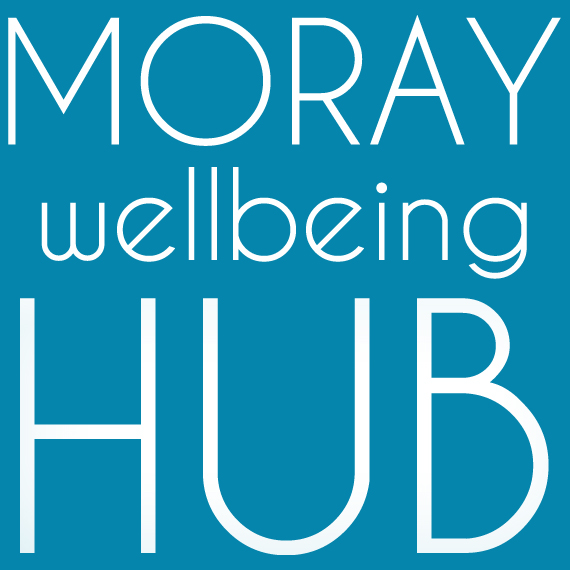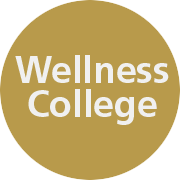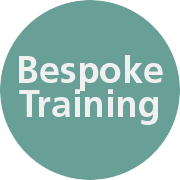From time to time Moray community members who run wellness based activity get in touch with us and ask to share their experiences and what they can support others with. Eva got in touch with us about Dru Yoga, a type of gentle activity that has been running as part of the Forres Wellbeing Project over the last year.
If you like the sound of Dru Yoga you can find out more and get in touch with Eva to come to a course via the Dru Yoga website here.
“I have one every Tuesday morning starting at 9:15 and another one every Wednesday evening starting at 18:45. Each class is 1 and ½ hours long and they are in the Transition Town in Forres. Please let me know if you wish to attend a class in advance, sometimes the venue changes.”
Dru Yoga: An Introduction
This document can only be an introduction to Dru Yoga. To know what it is and how it feels it is best to come to a Dru Yoga class.
What is Yoga: Yoga is am ancient science and apparently more than 6000 years old, however, there is no evidence about that as for many years it was transmitted orally only. From about the 4th to the 3rd century BCE Lord Patanjali has written the Yoga Sutras which contain a lot about the philosophy behind Yoga and also described what yoga is.
What is Yoga: Yoga is control of the mind: It means to still the mind, because if we fail to still the mind we mistakenly identify ourself with the activities of the mind and become lost in the thoughts and we lose the true sense of who we are, because we lose sight of the true essence of our inner self. This also means that the mind creates all of our fears, so mediation and stilling the mind does help to combat fear and depression. He talks about the mental activities and their influences on our lives. In detail and he also talks about the 8 limbs of Yoga.
What is contained in Yoga:
Yoga contains different practices namely:
Asanas: this are postures or specific exercises to balance your physical body
Pranayama: Breathing exercises meant to connect to your breath. The breath is used as a vehicle to balance and control your mind
Mediation: to sit still and centre yourself
Visualisations: to train the mind
There are many Yoga schools in the world and also in the UK, they all are somewhat different because they interpret the aims of Yoga in a different ways. Dru Yoga is the 2nd largest Yoga school in the UK
How is Dru Yoga different?
Dru Yoga has its roots in Hatha yoga and includes classical yoga postures (asanas), pranayama (breath work), mudras (gestures), positive affirmations, empowering visualisations and powerful, flowing, dynamic sequences.
Classes are tailored to an individual level and usually contain Energy Block Release sequences, graceful yoga sequences, pranayama, relaxation and Dru Meditation.
If you want to physically strengthen your body and emotionally enhance your mind, Dru Yoga will give you the tools to take into your daily life and help you cope with the stresses of modern living.
What is unique about Dru Yoga?
- Joints are kept relaxed and soft during movement (as in tai chi). This creates flexibility and a free flow of subtle energy.
- Energy Block Release sequences (EBRs) are easy-to-practise, flowing movements that help to release tension physically, mentally and emotionally.
- In Dru Yoga all movements originate from the spine because a flexible, healthy spine supports your entire yoga practice.
- The spinal wave and spinal twist are core features of Dru, enhancing spinal health and vitality.
- A deep understanding of core stability is a major focus.
- Dru Yoga works to balance the chakras (energy centres of the body) and access the powerful energy of the heart.
- Within the flow of movement, Dru Yoga creates powerful moments of stillness which we call ‘Dru points’.
What does ‘Dru’ mean?
Dru comes from the Sanskrit word dhruva, which refers to the stillness that can be experienced in Dru Yoga and Dru Meditation. In this stillness we are able to sit back from anything that may be happening around us, and see and act from a point of clarity and inner calm.
So how does Dru Yoga compare with other types of yoga?
There are dozens of types of yoga in the UK. At present, Dru is the second largest British yoga teacher training school. Many people come to Dru Yoga classes as they enjoy the graceful, flowing sequences of this accessible type of yoga. Dru Yoga can be practised by people of all fitness levels and abilities. If you enjoy a gentle sequence of yoga postures, then try a Dru Yoga class near you. If you would prefer something more dynamic, then explore the Dru Yoga classes in your area or try Dru Dance – where the flowing Dru sequences are performed to upbeat music. Dru Yoga really has something for everyone!
Some other Yoga schools:
Ashtanga Yoga
Ashtanga, which means “eight limbs” in Sanskrit, is a fast-paced, intense style of yoga. Ashtanga uses a set of strong yoga postures which are performed in a set order.
Bikram Yoga
Bikram Choudhury, created the so-called ‘hot yoga’ which focuses on 26 poses always being repeated in the same order. Bikram Yoga studios are heated to approximately 105 degrees Fahrenheit temperature to simulate the climate in India, which keeps the muscles flexible and relaxed.
Hatha Yoga
Hatha (ha-sun, tha-moon) is the most traditional form of yoga, and most yoga schools (eg Shivananda, British Wheel of Yoga and Scaravelli) are based upon the Hatha style. It is likely to be reasonably gentle and accessible to all.
Iyengar Yoga
Based on the teachings of the yogi B.K.S Iyengar, this style of yoga is most concerned with bodily alignment. Iyengar yoga includes static postures, with jumps to get in and out of postures, and the use of props.
Vinyasa Yoga
Usually Vinyasa (dynamic connecting posture) classes are based around a variation of the Sun sequence, which is done with an awareness of the breath. It’s aim is to create heat and flexibility in the body
Dru today…
…is now a worldwide phenomenon, training many hundreds of teachers each year, creating an incalculable effect on the world.
Dru techniques have been taught worldwide: Australia, New Zealand, The Netherlands, Germany, Scotland, England, Scotland and Wales.
Dru has become the 2nd largest yoga school in the UK.
It’s estimated that more than 1,000,000 people around the world have been touched by Dru’s body/mind techniques.
Dru continues to support the World Peace Flame and its charity work. The World Peace Flame (WPF) burns in thousands of homes, schools, workplaces, hospitals and places of worship around the world. Over 20 WPF monuments burn across the globe.
Approximately 100 schools across five continents are using the Peace In Your Hands education pack. That’s more than 80,000 children learning to celebrate the diversity they see around them.
About 30,000 patients have received free medical care in impoverished communities in Gujarat, India in the 75 medical camps funded by the World Peace Flame Foundation. Over 2,000 cataract operations have been performed and 7,000 pairs of free spectacles have been distributed, giving sight back to those who couldn’t afford medical care.
Perhaps one of the biggest achievements of all is that we have thousands of students, teachers, volunteers and supporters that contribute to Dru’s projects and educational endeavours worldwide






